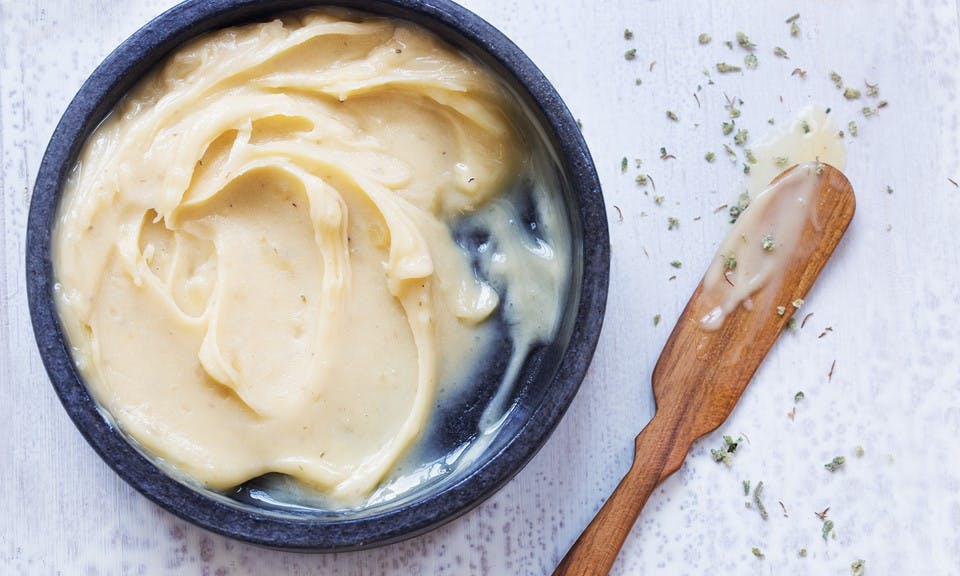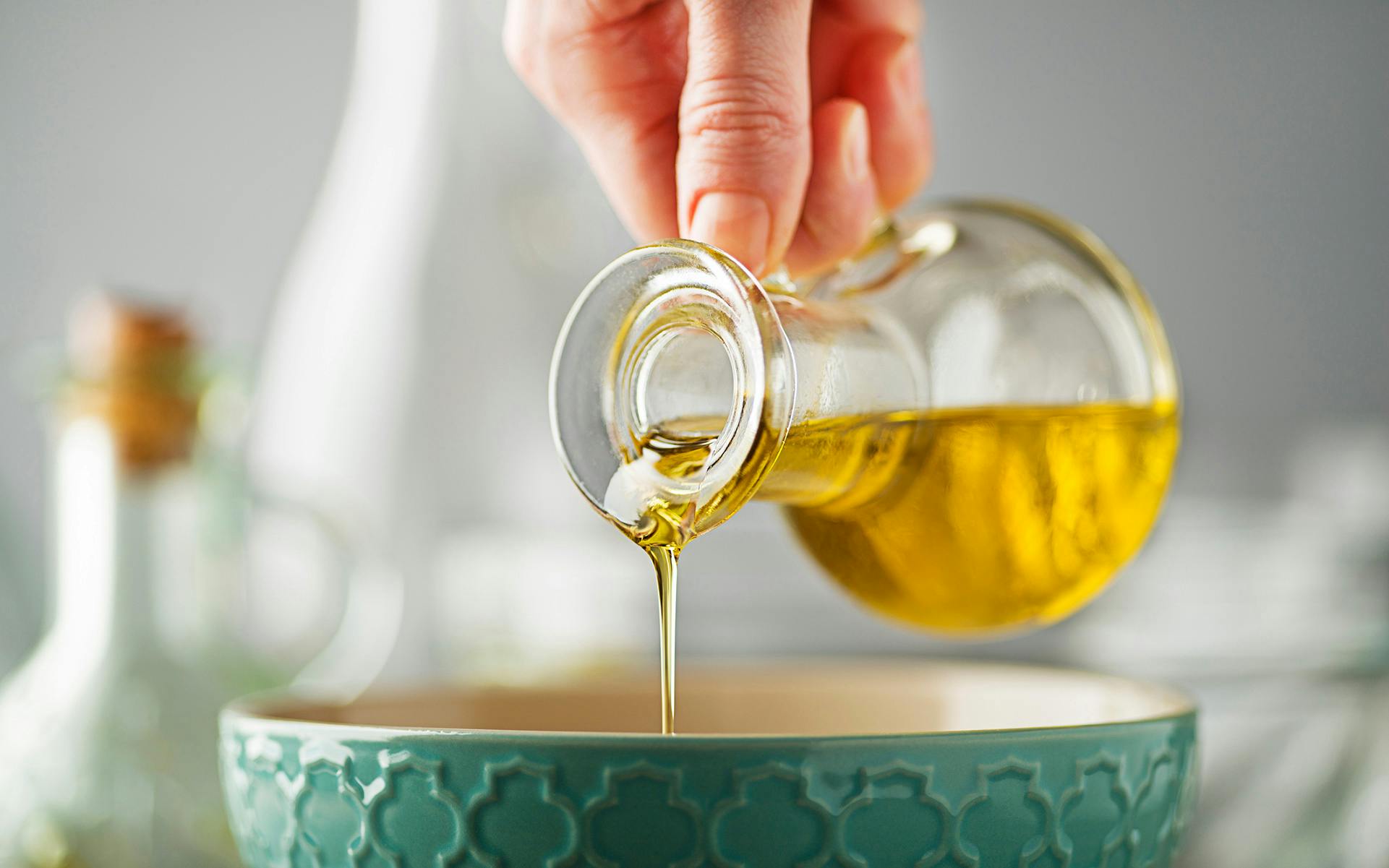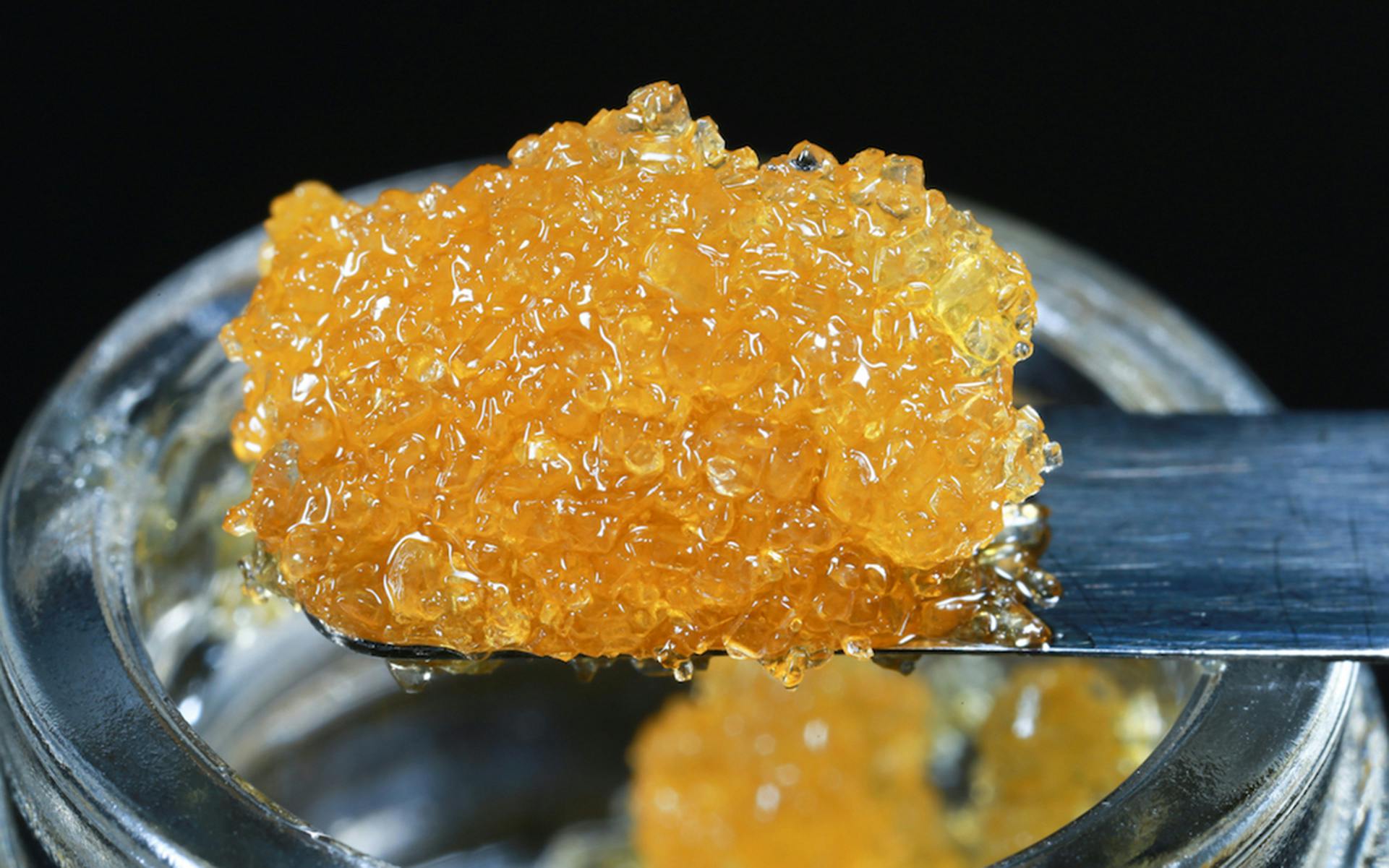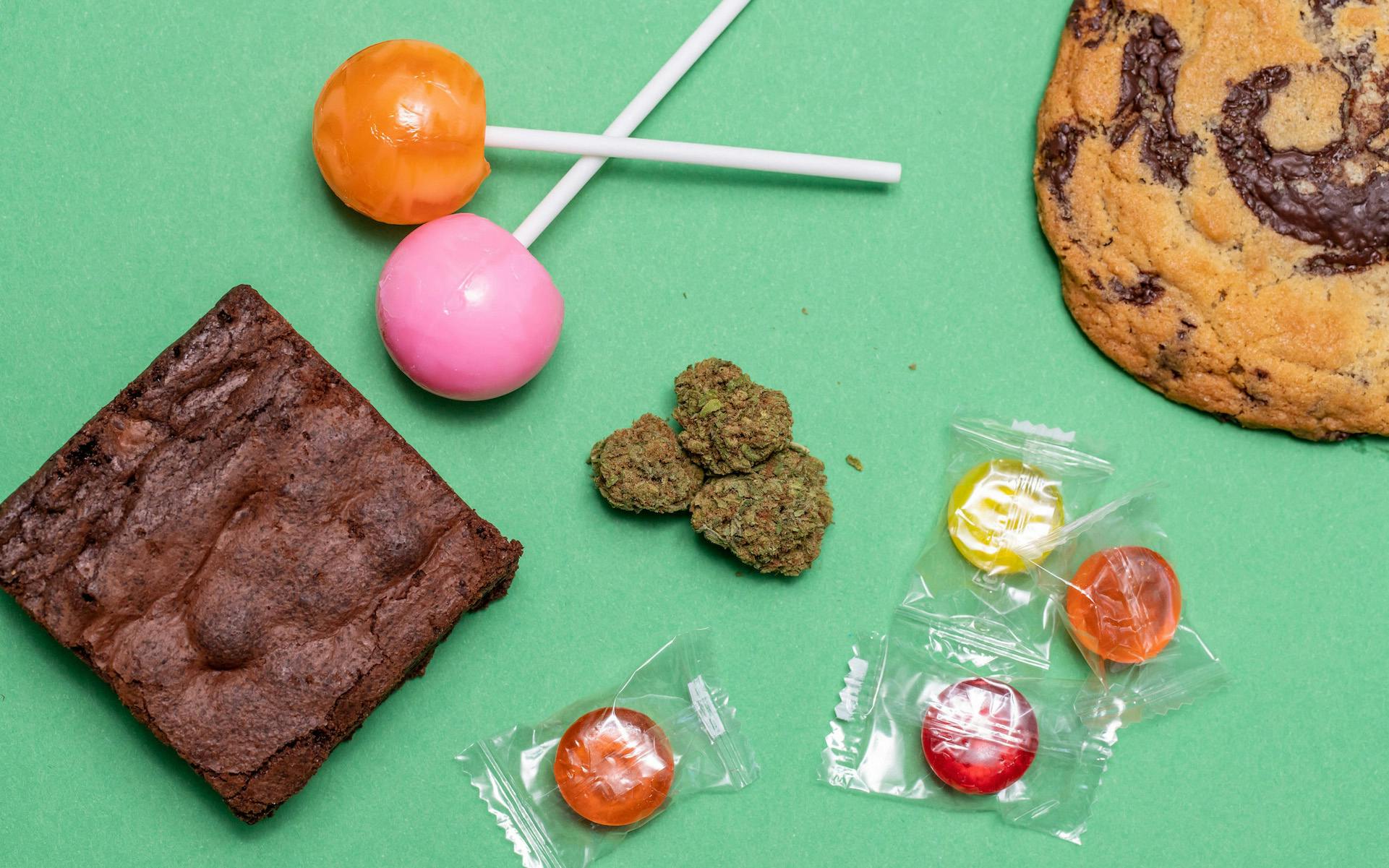What is decarboxylation?
Decarboxylation (pronounced de-carb-OX-yl-a-tion), is a process that actives the psychoactive compounds in the cannabis plant so that you feel high when you consume it.
The cannabis plant contains THCA, which will not get you high, and that THCA needs to be converted into THC in order for you to get high. This is most commonly done with heat—the flame of a lighter, the atomizer in a vape pen, a torch with a dab rig, or an oven when making edibles.
THCA in the plant has an extra carboxyl ring in its chemical structure, and heat removes that ring, or de-carboxylates, the compound, hence where the term comes from.
How does decarboxylation work?
Decarboxylation occurs through heat, and also time. The high temperatures when smoking and vaporizing instantly decarboxylate compounds in weed, making them immediately available for your body to absorb.
Some decarboxylation can occur over time when drying and curing cannabis, after harvesting a homegrow.
Oxygen can contribute to the decarboxylation process, so to slow it down, keep your weed or weed products in an air-tight container to maintain freshness and potency.
Why decarboxylation is necessary for edibles
Decarboxylation needs to happen in all cannabis products in order to get high from them. Consuming edibles doesn’t involve heat, as with smoking a joint or hitting a vape pen, but the decarboxylation process still needs to occur to activate the weed in the edible before consumption.
Shop highly rated dispensaries near you
Showing you dispensaries nearWhen making edibles, buds are typically heated in an oven first to decarboxylate them, and then infused into a medium such as butter or oil. That infusion is then used to make edibles, such as brownies, cookies, gummies, and more.
Heating buds in an oven before infusion is necessary to activate the THC in the buds so it can be carried into the infusion, and then into the edible.
At what temperature does decarboxylation occur?
Weed decarboxylation occurs between 200-245ºF. When making edibles, we recommend heating buds at 220ºF for 30-40 minutes.
Compared to smoking and vaping, decarboxylation for edibles is done at a lower temperature for a longer period of time to keep cannabinoids and terpenes intact when infused. Terpenes are volatile and will evaporate at high temperatures, potentially leaving undesirable flavors and aromas behind.
Heating cannabis in an oven above 300ºF will burn off valuable cannabinoids and terpenes, and the flower will not get you high when infused with butter, oil, or anything else.
Decarboxylation temperature chart
According to a 2016 study, this chart shows how quickly THCA breaks down into THC, and CBDA into CBD, at different temperatures.
| Acid/Cannabinoid | Temperature (ºF) | Temperature (ºC) | Time (in minutes) |
| THCA/THC | 230ºF | 110ºC | 30 |
| 265ºF | 130ºC | 9 | |
| CBDA/CBD | 230ºF | 110ºC | 45 |
| 265ºF | 130ºC | 20 |
What happens if you decarboxylate too long?
Heating weed for too long, or at too high of a temperature, can burn off cannabinoids and terpenes, making your weed ineffective.
Should weed be ground before or after decarbing?
We recommend grinding weed before you put it in the oven to decarb. This will increase the surface area and create an even consistency, ensuring all your weed decarbs at the same time.
How to decarb weed in an oven

When decarboxylating cannabis in an oven, it’s important to remember that the temperature dial on an oven is more of an average temperature than an exact one.
Ovens can fluctuate by 20 degrees, so keep an eye on the cannabis. If it turns brown too quickly or smells like it’s burning, turn down the oven. Invest in an oven thermometer if you plan on cooking with cannabis regularly.
Materials
- Baking sheet
- Parchment paper or aluminum foil
- Oven
- Cannabis
- Cannabis grinder (optional)
Directions
- Set the oven temperature to 220ºF, with the oven rack in the middle position. Ovens are hotter at the top and cooler at the bottom, so heating in the middle will ensure ideal decarboxylation temperature.
- Line the baking sheet with parchment paper or aluminum foil, and lightly break up or grind the cannabis onto it, but not too fine, to avoid burning.
- Heat for 30-40 minutes, stirring at least once.
- Let cool for 30 minutes at room temperature. The cannabis should look lightly toasted and golden brown.
- When cool enough to handle, add the decarboxylated cannabis to butter, oil, or another base for an infusion, or carefully put it in a storage container for future use.
Can you decarb weed in a microwave?
It is not recommended to decarb weed in a microwave because you can’t control the temperature. Decarbing weed is a low and slow process, and the dry heat of an oven is best for achieving this. A small toaster oven with a controllable temperature can be used as well.
Patrick Bennett, Alex Goodall, and Pat Goggins contributed to this article.
Read more of Leafly’s guide to cannabis edibles
By providing us with your email address, you agree to Leafly's Terms of Service and Privacy Policy.



